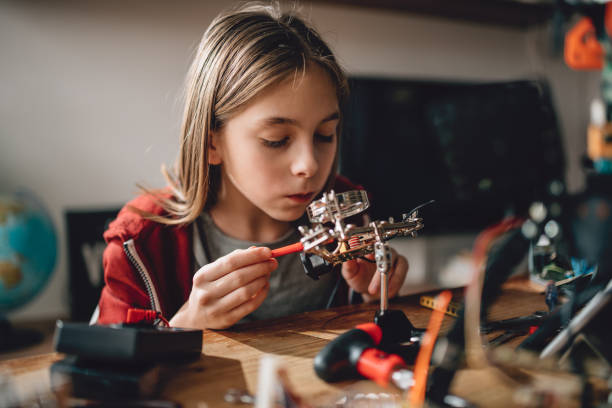In the realm of industrial construction, efficiency, cost-effectiveness, and speed are paramount. Traditional methods often struggle to meet these demands, leading to delays and increased expenses. However, a growing trend in the industry—kit building—promises to reshape how industrial buildings are constructed. Kit building involves prefabricating components off-site and assembling them on location, offering numerous advantages over conventional construction methods.
Understanding Kit Building
Kit building, also known as prefabrication or modular construction, involves fabricating building components in a controlled factory environment. These components, such as walls, roofs, and structural frameworks, are then Kit Building transported to the construction site for assembly. This approach contrasts sharply with traditional on-site construction, where each component is built from scratch, leading to potential inconsistencies and delays.
Advantages of Kit Building
- Speed of Construction: Perhaps the most significant advantage of kit building is its rapid construction timeline. Since components are prefabricated off-site, site preparation and assembly can proceed concurrently. This significantly reduces construction time, allowing industrial facilities to become operational much faster.
- Cost-Effectiveness: Kit building can also lead to cost savings. By optimizing the construction process and minimizing material waste, companies can achieve greater efficiency. Moreover, the controlled factory environment reduces the impact of weather delays and other on-site variables that can inflate costs in traditional construction.
- Quality Control: Factory fabrication enables stringent quality control measures. Components are manufactured under controlled conditions, ensuring consistency and precision that may be challenging to achieve on a hectic construction site. This results in higher-quality buildings with fewer defects.
- Flexibility and Customization: Contrary to common misconceptions, kit buildings offer considerable flexibility and customization. Design options are extensive, and components can be tailored to meet specific project requirements. From size adjustments to integrating specialized features, kit buildings cater to diverse industrial needs.
- Sustainability: Prefabrication inherently promotes sustainability. By reducing material waste, minimizing site disturbances, and often incorporating eco-friendly materials, kit building aligns with modern environmental standards. Additionally, the efficient use of resources contributes to a reduced carbon footprint over the project’s lifecycle.
Applications in Industrial Settings
Kit building finds extensive application across various industrial sectors:
- Warehousing and Logistics: Distribution centers benefit from the quick deployment of kit buildings, meeting escalating demands without lengthy construction periods.
- Manufacturing Facilities: Factories and production plants require robust, customizable structures that can be rapidly assembled to accommodate evolving production needs.
- Energy and Utilities: Power plants and utility structures rely on durable, efficient buildings that kit construction can deliver swiftly and reliably.
- Agricultural and Food Processing: Facilities in these sectors often require specialized environments; kit buildings can be tailored to meet stringent regulatory and operational standards.
Challenges and Considerations
While kit building offers substantial advantages, it is not without challenges:
- Transportation Logistics: Moving large prefabricated components to the site can pose logistical challenges, especially in remote or congested areas.
- Design Limitations: Some intricate architectural designs may be more challenging to achieve with prefabricated components, although advances in technology continue to expand design possibilities.
- Skilled Labor: Assembly on-site still requires skilled labor, albeit to a lesser extent than traditional construction. Training and education in this specialized field are essential.
Conclusion
Kit building represents a transformative approach to industrial construction, offering unparalleled benefits in terms of speed, cost-effectiveness, quality, and sustainability. As industries worldwide seek to enhance efficiency and meet Industrial Buildings demands, embracing prefabrication techniques promises to pave the way for a more agile and responsive construction sector. By leveraging the advantages of kit building, industrial stakeholders can not only streamline their projects but also contribute positively to the future of sustainable development.
In essence, the evolution towards kit building signifies more than a shift in construction methods—it embodies a fundamental change in how industrial buildings are conceived, created, and utilized in the 21st century.



Recent Comments